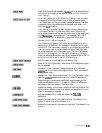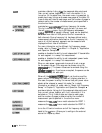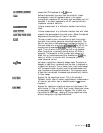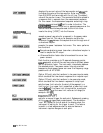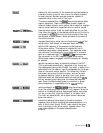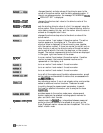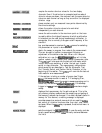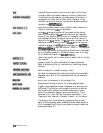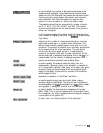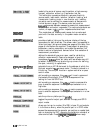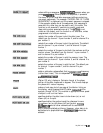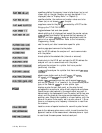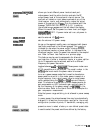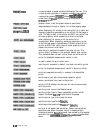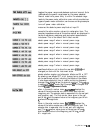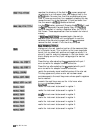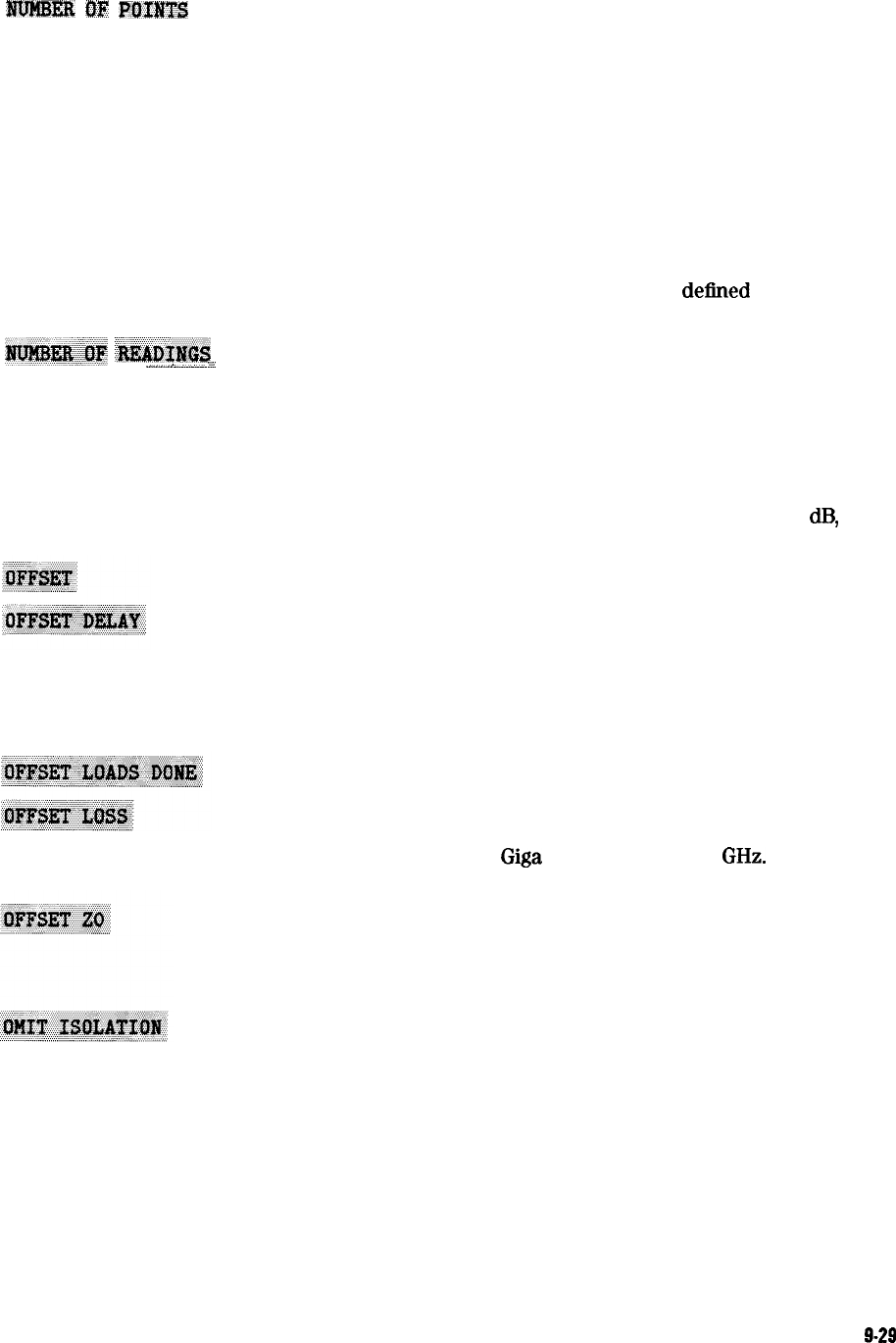
mm
OF
FDXNTS
l!mmEl.:ap
iilm%K%
.
.
.
.
.
.
.
.
.
.
.
.
.
.
.
.
.
.
.
.
.
.
.
.
.
. ..:..
is used to select the number of data points per sweep to be
measured and displayed. Using fewer points allows a faster
sweep time but the displayed trace shows less horizontal detail.
Using more points gives greater data density and improved
trace resolution, but slows the sweep and requires more
memory for error correction or saving instrument states.
The possible values that can be entered for number of points
are 3, 11, 26, 51, 101, 201, 401,801, and 1601. The number
of points can be different for the two channels if the stimulus
values are uncoupled.
In list frequency sweep, the number of points displayed is the
total number of frequency points for the
dellned
list (see Sweep
Type Menu).
determines the number of measurement/correction iterations
performed on each point in a power meter calibration. This
feature helps eliminate residual power errors after the initial
correction. The amount of residual error is directly proportional
to the magnitude of the initial correction. The user should
initially set the source power so that it is approximately
correct at the device under test. If power uncertainty at the
device under test is expected to be greater than a few
dH,
it is
recommended that the number of readings be greater than 1.
selects the calibration standard load as being offset.
is used to specify the one-way electrical delay from the
measurement (reference) plane to the standard, in seconds (s).
(In a transmission standard, offset delay is the delay from plane
to plane.) Delay can be calculated from the precise physical
length of the offset, the permittivity constant of the medium,
and the speed of light.
completes the selection in the Offset Load Menu.
is used to specify energy loss, due to skin effect, along a
one-way length of coax offset. The value of loss is entered as
ohms/nanosecond (or
Giga
ohms/second) at 1
GHz.
(Such losses
are negligible in waveguide, so enter 0 as the loss offset.)
is used to specify the characteristic impedance of the coax
offset. (Note: This is not the impedance of the standard itself.)
(For waveguide, the offset impedance should always be assigned
a value equal to the system ZO.)
is used to omit the isolation portion of the calibration.
Key Definitions
9-28



